Clean break: a new book explores the forgotten architecture of Soviet sanatoriums
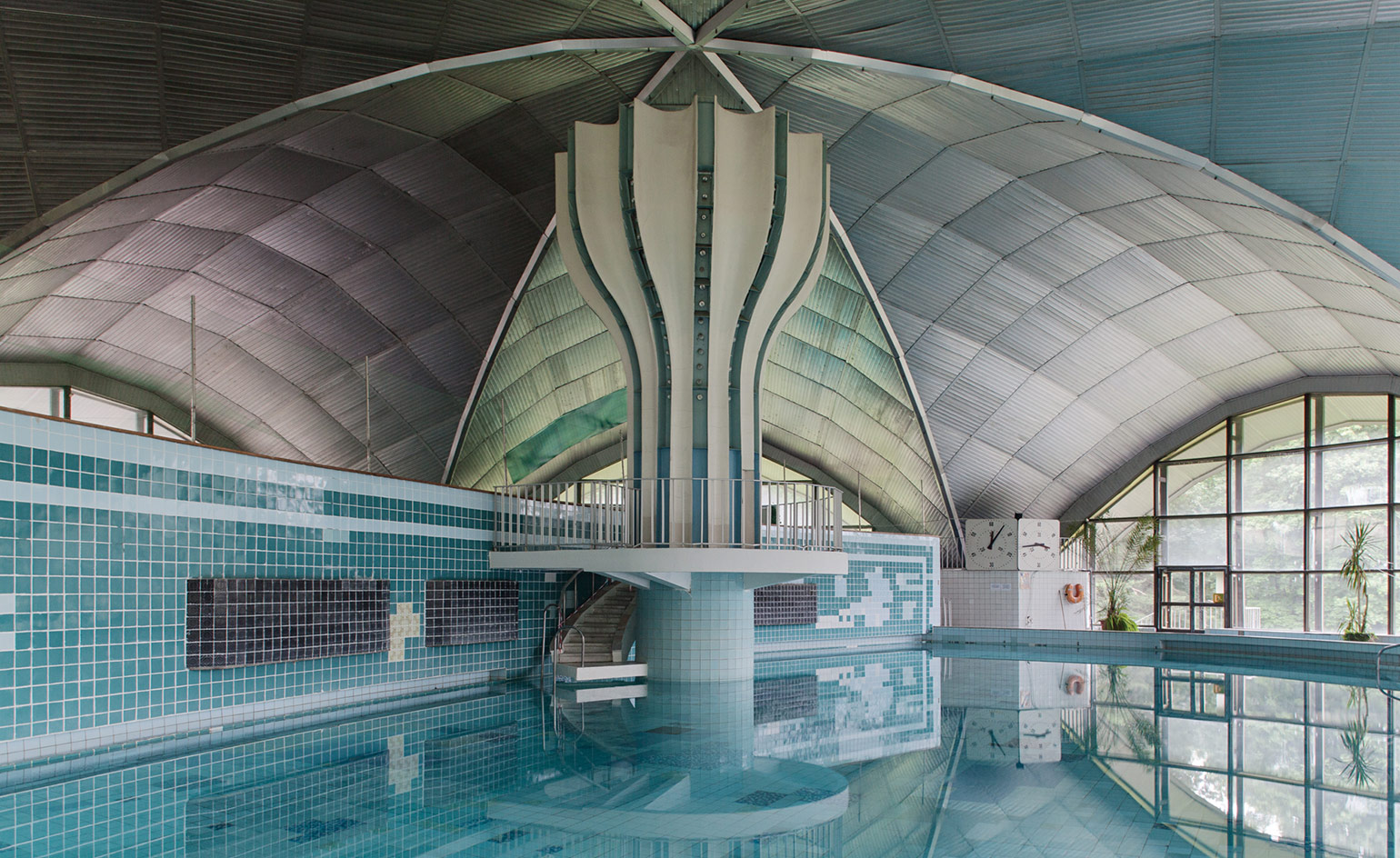
‘Visiting a sanatorium is like stepping back in time,’ writes Maryam Omidi in Holidays in Soviet Sanatoriums, in which she takes the reader on a health-conscious journey into a world of peeling wallpaper, statues of Lenin and alternative, new world medicine.
Part health-spa, part hospital, sanatoriums once offered a ubiquitous, ‘decidedly purposeful’ pastime, explains Omidi. Their function was ‘to provide rest and recuperation, so citizens could return to work with renewed diligence and productivity’. This rapidly developing need and popularity saw 1,829 new sanatoriums built across the USSR by 1939. Here, for the first time, is an architecturally-led account of what happened.
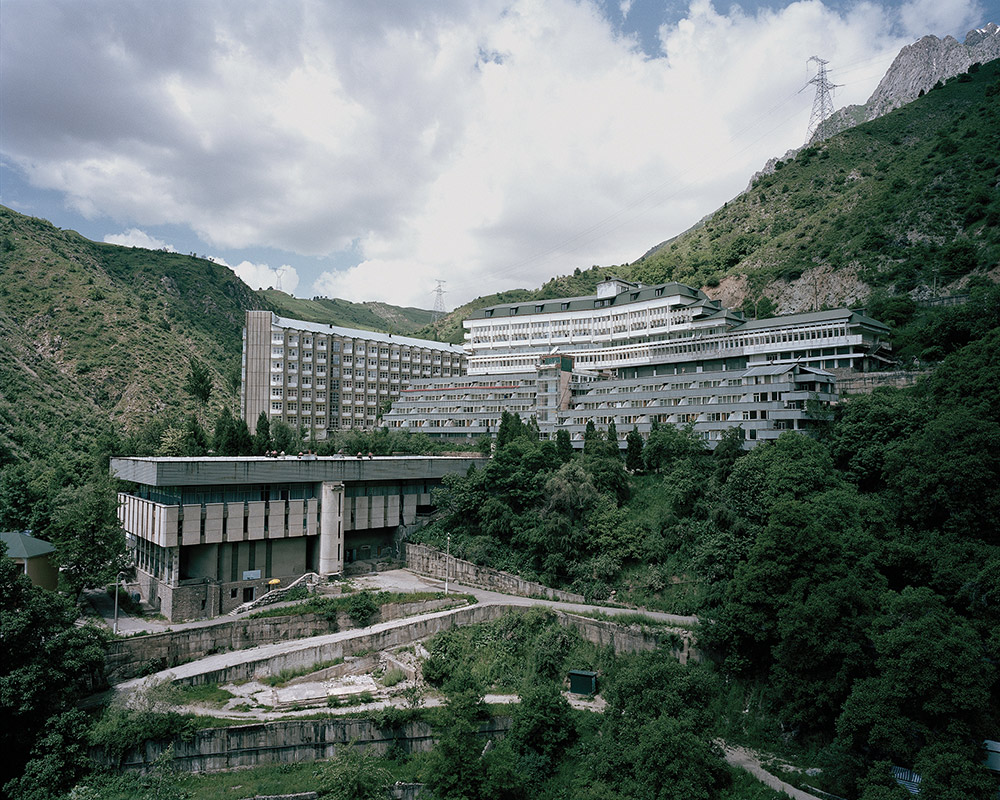
Jhoja Obi Garm, a hulking brutalist building nestled high in the Gissar mountain range, opened in 1934.
From Stalinist, neo-classical grandeur in Abkhazia to Khrushchyovka concrete blocks in Armenia, a bewildering array of styles is on display. There are examples of rare Soviet-era architectural flourishes – take the green-marbled walls of Tskaltubo in Georgia – which were only allowed, writes critic Diane Koenker, because sanatoriums ‘were intended to astonish, encouraging a “less traditional approach”’ to municipal building.
Despite these moments of ornamentation, cold-floored functionality prevails. This is reflected in the stoic attitude of a young Soviet Union, when every aspect of sanatorium life (from ‘sleep to sunbathing’) was strictly monitored. Since then, there’s been a gradual, century-long shift towards more relaxed sanatorium culture. Though many sanatoriums now sit in disrepair, the few that remain popular have modernised and developed to varying degrees. The pages of Holidays in Soviet Sanatoriums are populated by a cast of modern day visitors: elderly women undergoing magnetic therapy in Belarus; teenagers playing ping-pong in a working salt mine near Minsk; babies in bubbling bathtubs in Alyans.
The future of these time-warped hubs remains uncertain, and this book intends to be more than just a platform for Western-purview ogling. Rather, Omidi hopes it will act as a catalyst for the renovation and preservation of the sanatorium's singular architectural history: ‘in the hope that they will be protected and restored for future generations’.
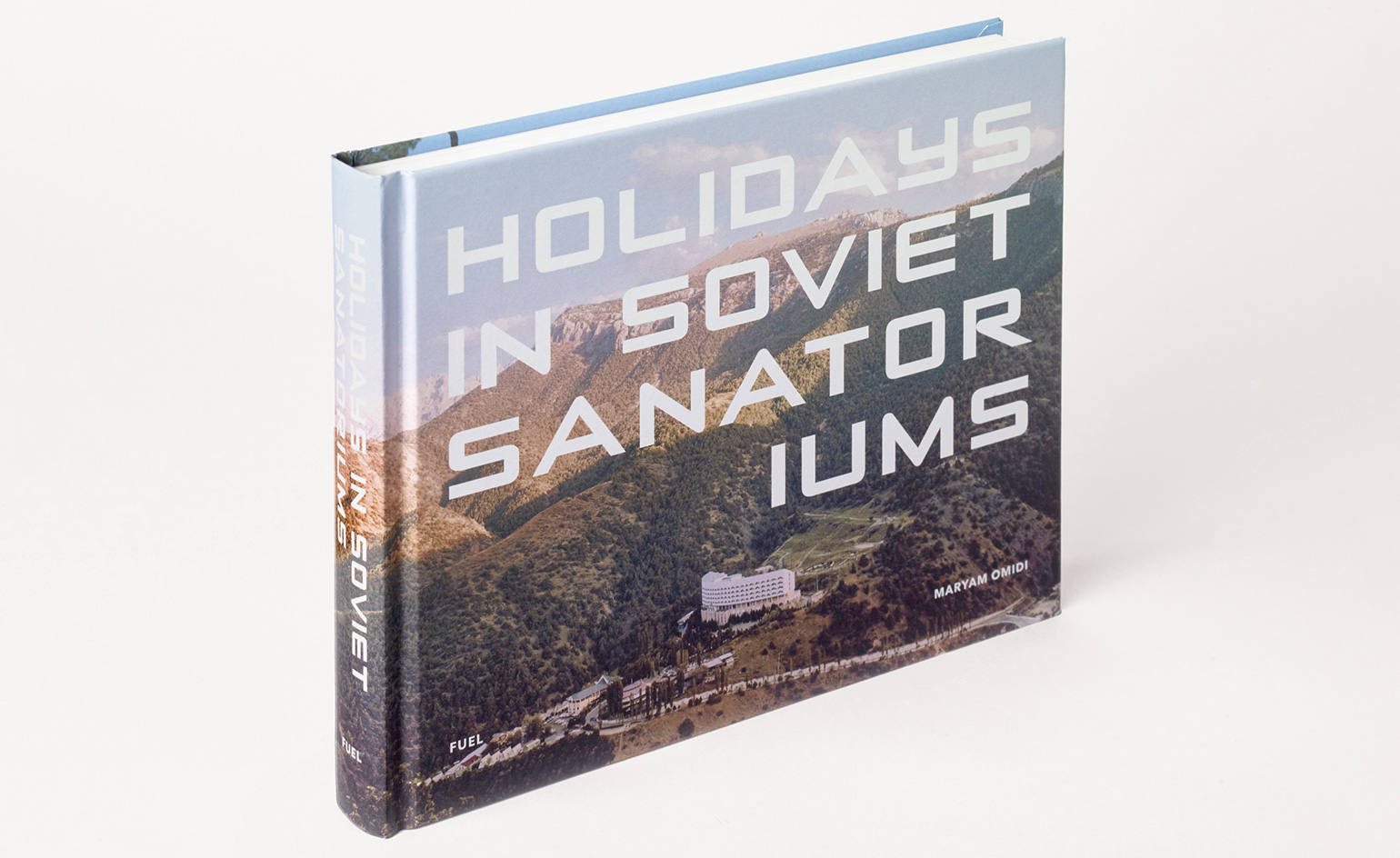
Holidays in Soviet Sanatoriums explores sanatoriums of the USSR, some of which are still used today.

At the National Speleotherapy Clinic in Belarus, patients must be over ten years old to enter the salt mine, 420 metres underground. The air they breathe in the mine is specially moderated, containing sodium, potassium and magnesium ions. Children are kept occupied with activities, from table tennis to billiards.
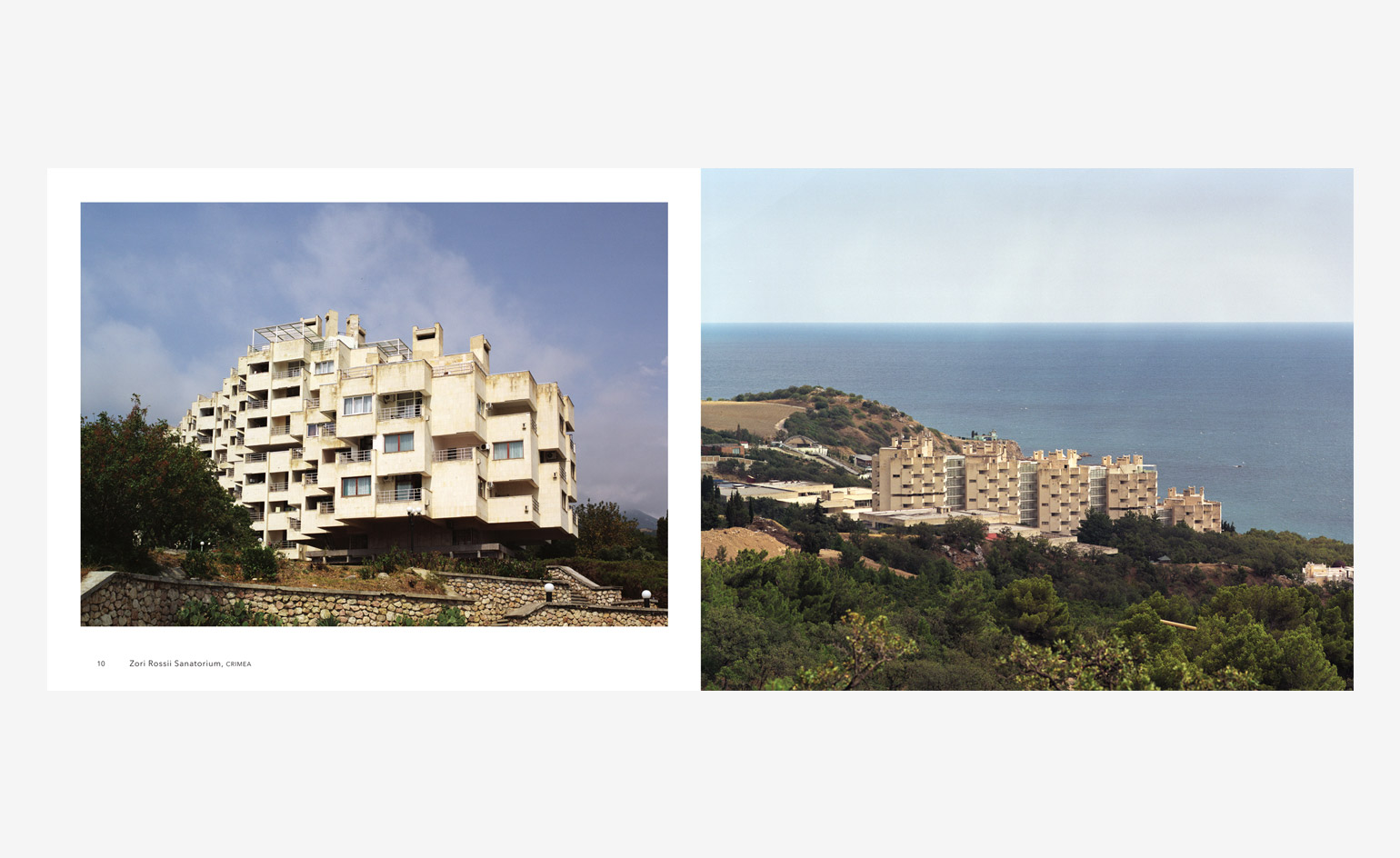
Zori Rossii Sanatorium, Crimea
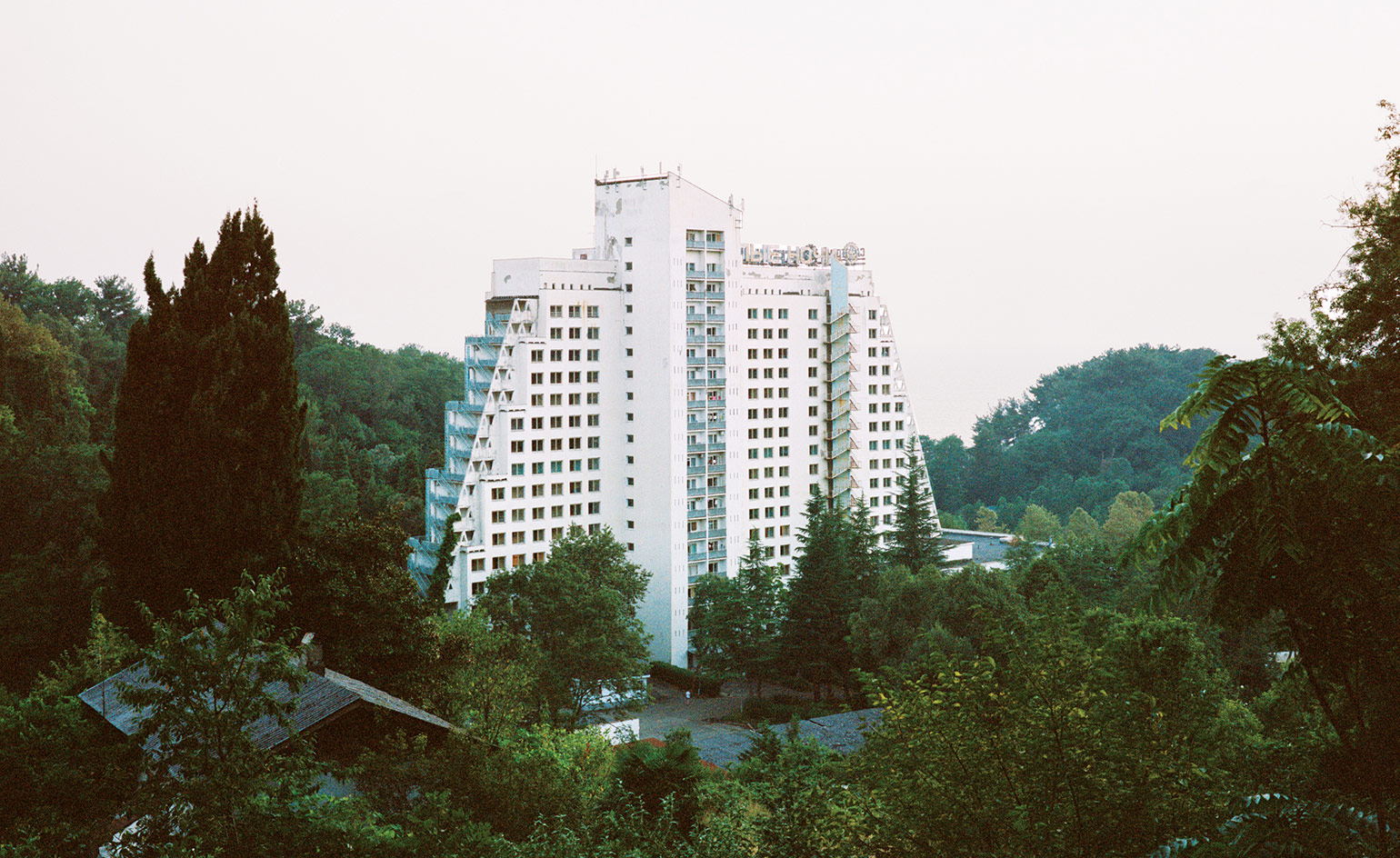
The White Nights sanatorium, Sochi, built in 1978.
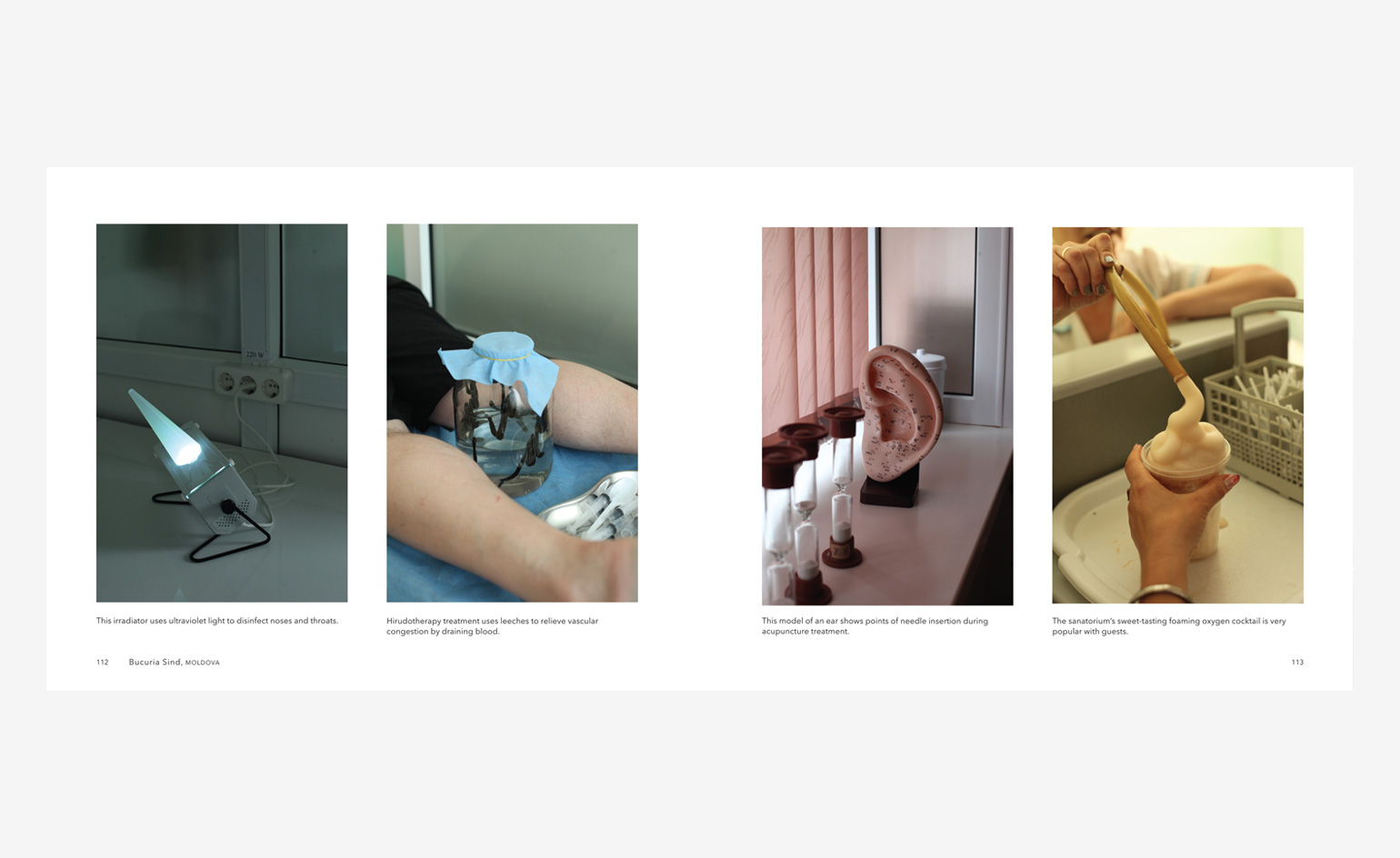
From left, at the Bucuria Sind in Moldova, this irradiator uses ultraviolet light to disinfect noses and throats. Hirudotherapy treatment uses leeches to relieve vascular congestion by draining blood. This model of an ear shows points of needle insertion during acupuncture treatment. The sanatorium’s sweet-tasting foaming oxygen cocktail is very popular with guests.
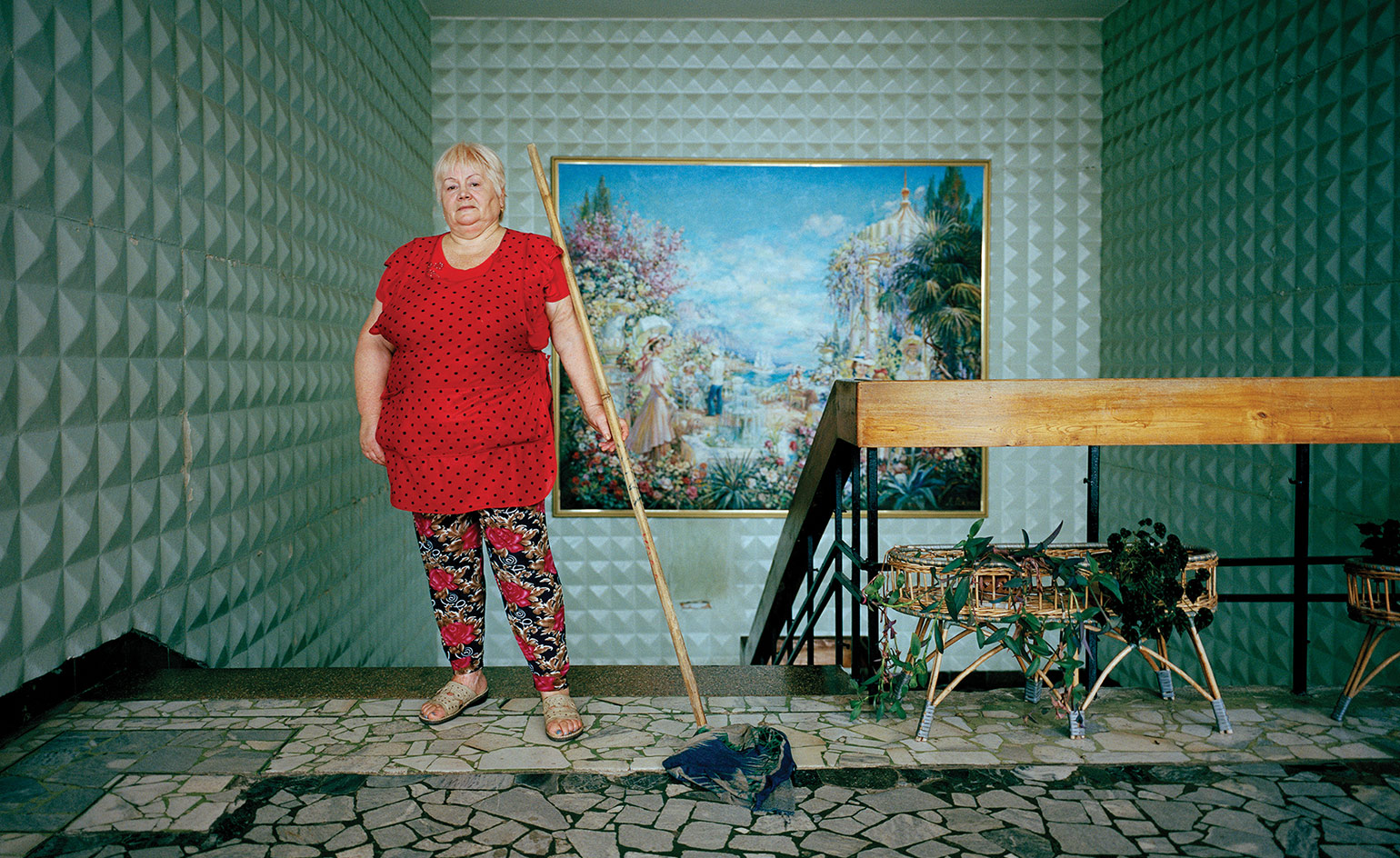
The severity of the concrete buildings at Mishkor sanatorium, built in 1974 in southern Crimea, is relieved by decorative mosaics outside and artworks within.
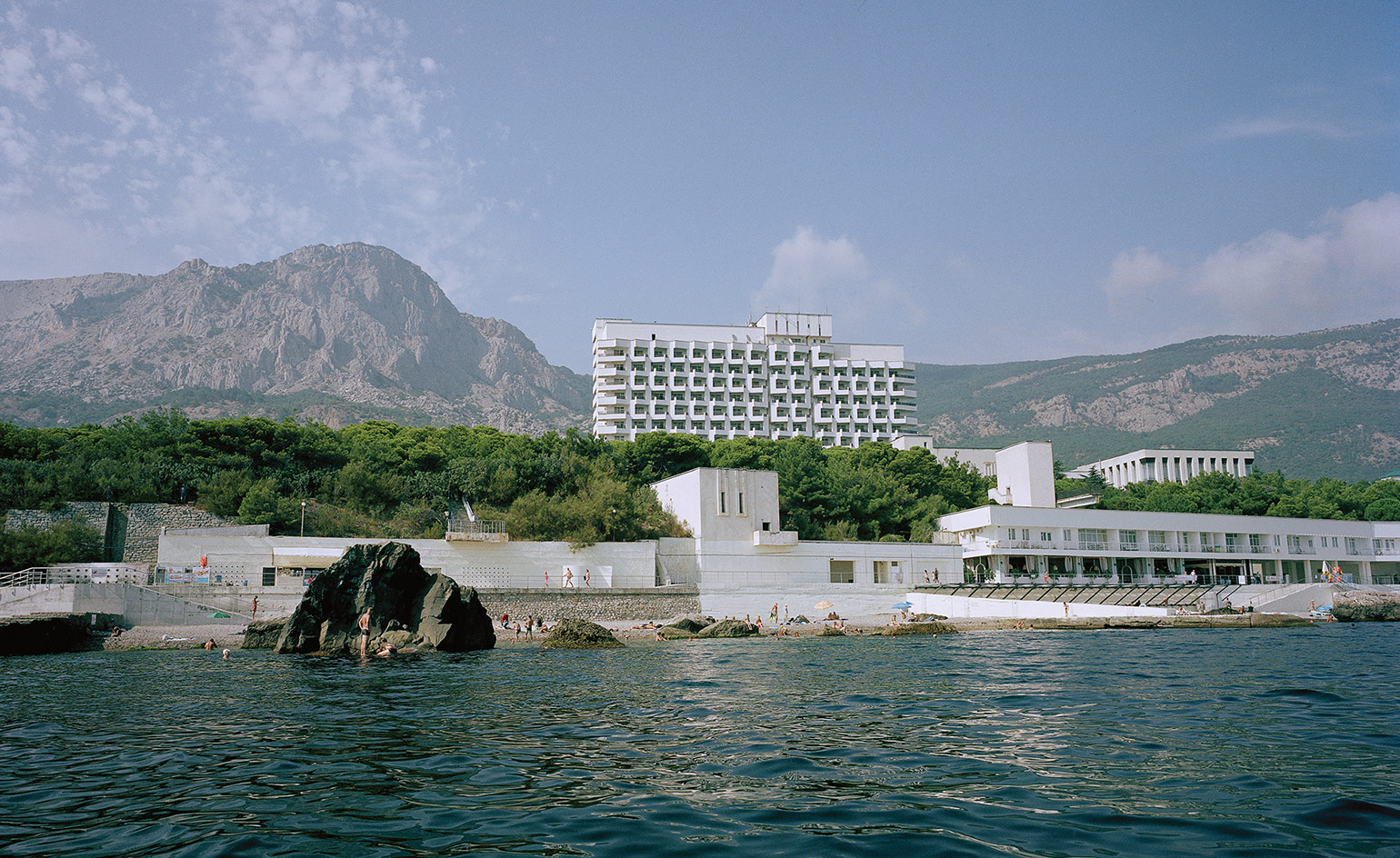
Foros sanitorium, built in the early 1920s in southern Crimea, stands close to the sea and is surrounded by a nature reserve of over 70 hectares containing more than 300 plant species.
INFORMATION
Holidays in Soviet Sanatoriums, published by Fuel Design
Receive our daily digest of inspiration, escapism and design stories from around the world direct to your inbox.
Elly Parsons is the Digital Editor of Wallpaper*, where she oversees Wallpaper.com and its social platforms. She has been with the brand since 2015 in various roles, spending time as digital writer – specialising in art, technology and contemporary culture – and as deputy digital editor. She was shortlisted for a PPA Award in 2017, has written extensively for many publications, and has contributed to three books. She is a guest lecturer in digital journalism at Goldsmiths University, London, where she also holds a masters degree in creative writing. Now, her main areas of expertise include content strategy, audience engagement, and social media.
-
 A day in Ahmedabad – tour the Indian city’s captivating architecture
A day in Ahmedabad – tour the Indian city’s captivating architectureIndia’s Ahmedabad has a thriving architecture scene and a rich legacy; architect, writer and photographer Nipun Prabhakar shares his tips for the perfect tour
-
 You can now stay in one of Geoffrey Bawa’s most iconic urban designs
You can now stay in one of Geoffrey Bawa’s most iconic urban designsOnly true Bawa fans know about this intimate building, and it’s just opened as Colombo’s latest boutique hotel
-
 Pentagram’s identity for eVTOL brand Vertical Aerospace gives its future added lift
Pentagram’s identity for eVTOL brand Vertical Aerospace gives its future added liftAs Vertical Aerospace reveals Valo, a new air taxi for a faster, zero-emission future, the brand has turned to Pentagram to help shape its image for future customers
-
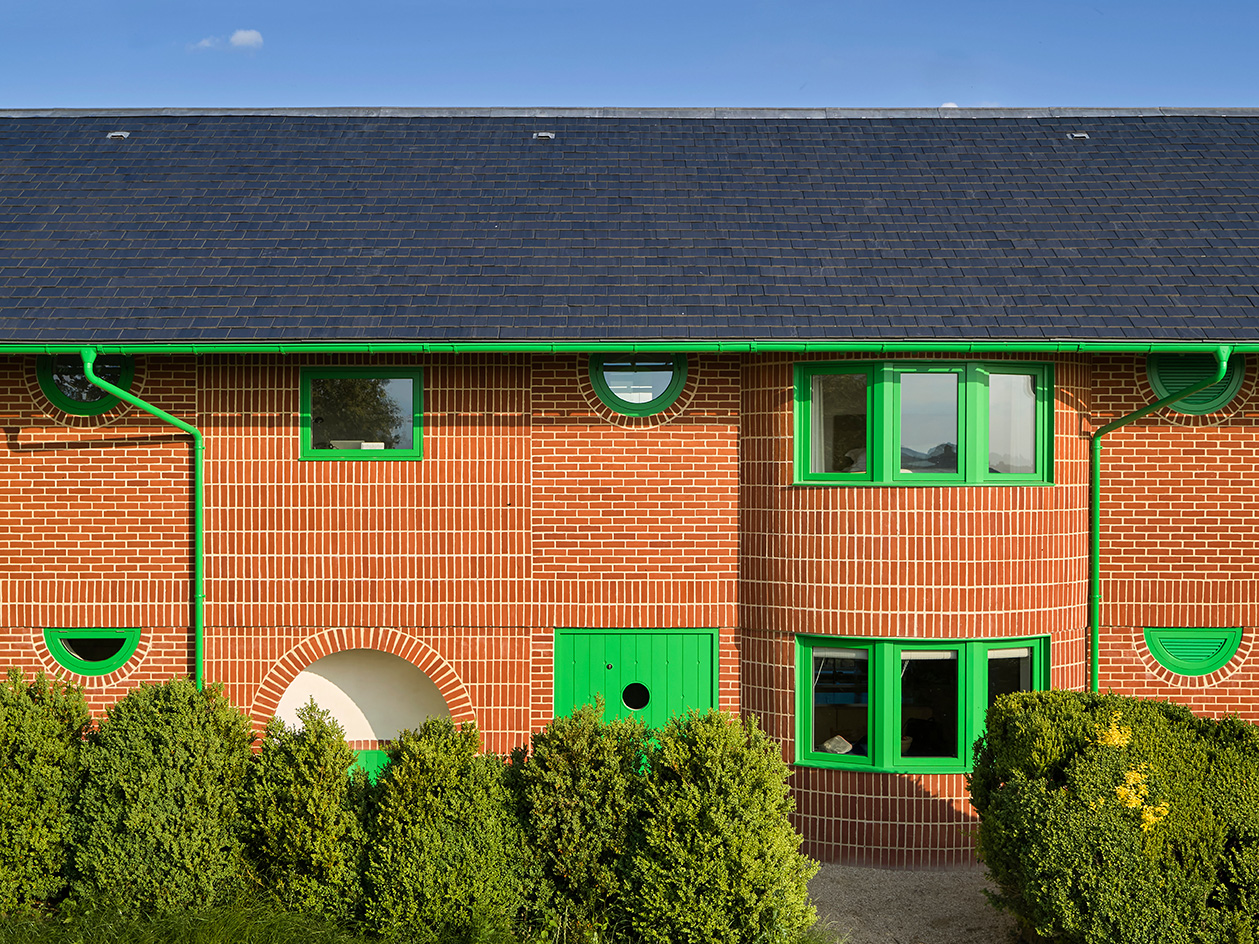 David Kohn’s first book, ‘Stages’, is unpredictable, experimental and informative
David Kohn’s first book, ‘Stages’, is unpredictable, experimental and informativeThe first book on David Kohn Architects focuses on the work of the award-winning London-based practice; ‘Stages’ is an innovative monograph in 12 parts
-
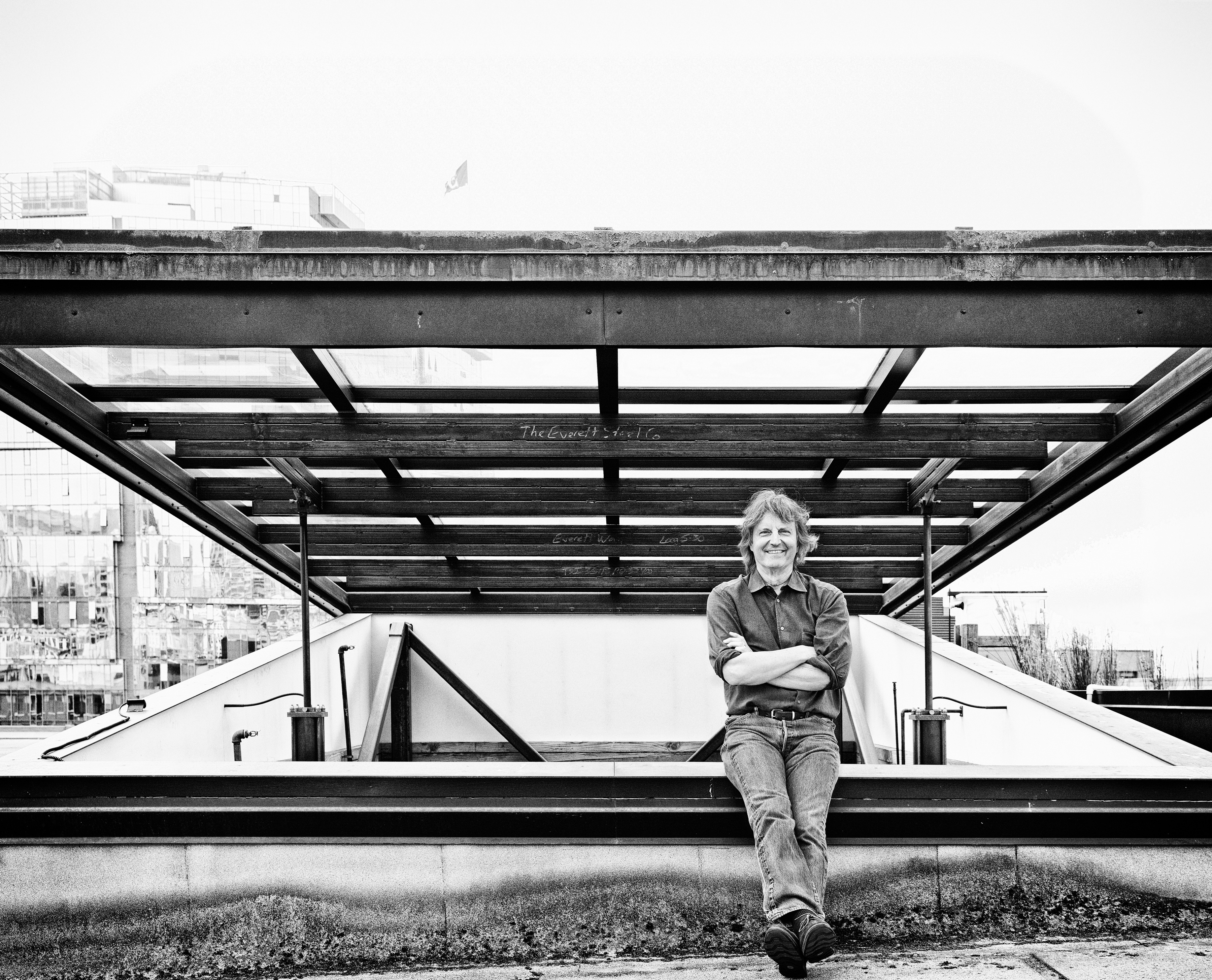 Explore Tom Kundig’s unusual houses, from studios on wheels to cabins slotted into boulders
Explore Tom Kundig’s unusual houses, from studios on wheels to cabins slotted into bouldersThe American architect’s entire residential portfolio is the subject of a comprehensive new book, ‘Tom Kundig: Complete Houses’
-
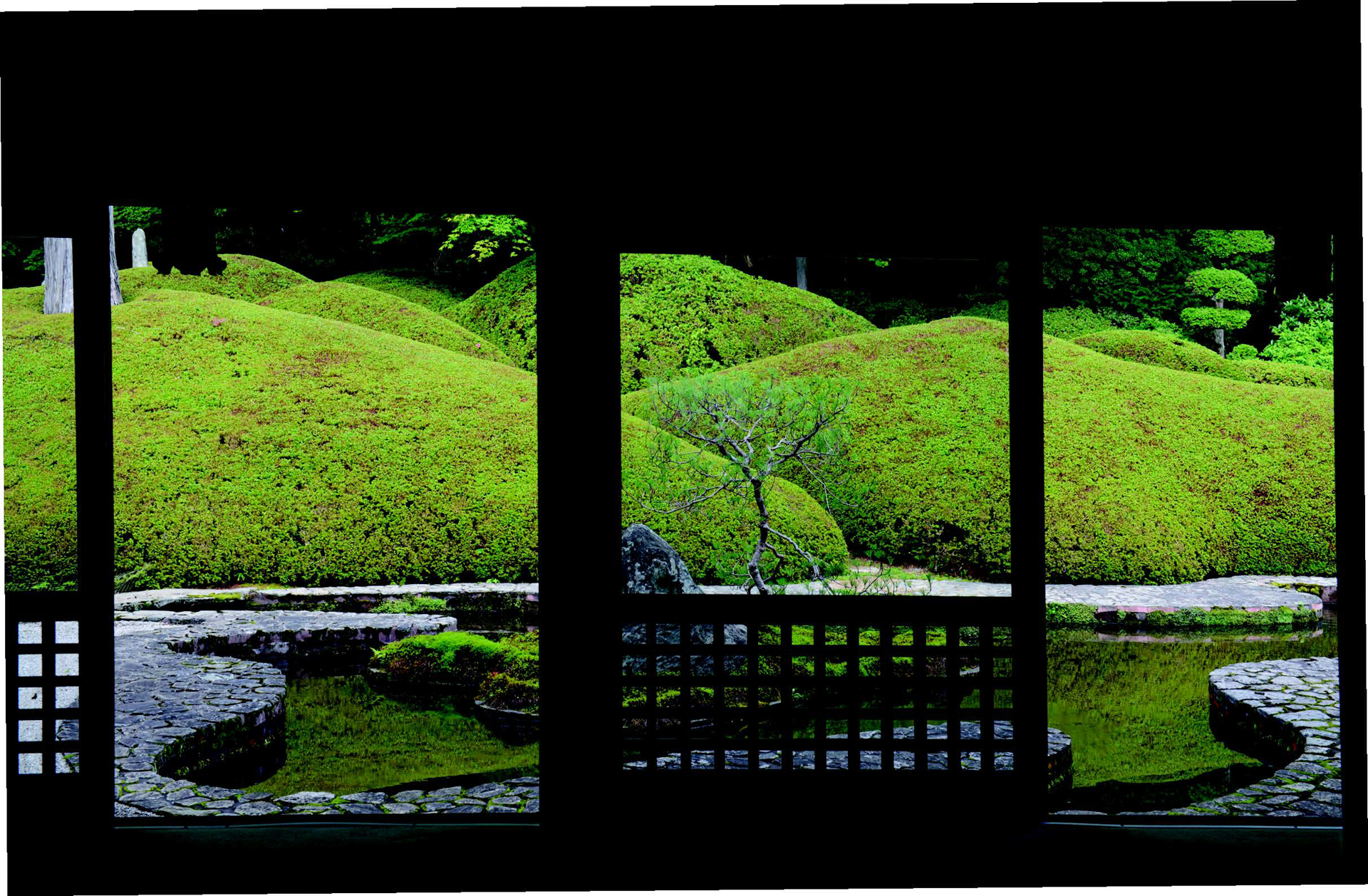 A new photo book explores the symbolic beauty of the Japanese garden
A new photo book explores the symbolic beauty of the Japanese garden‘Modern Japanese Gardens’ from Thames & Hudson traces the 20th-century evolution of these serene spaces, where every element has a purpose
-
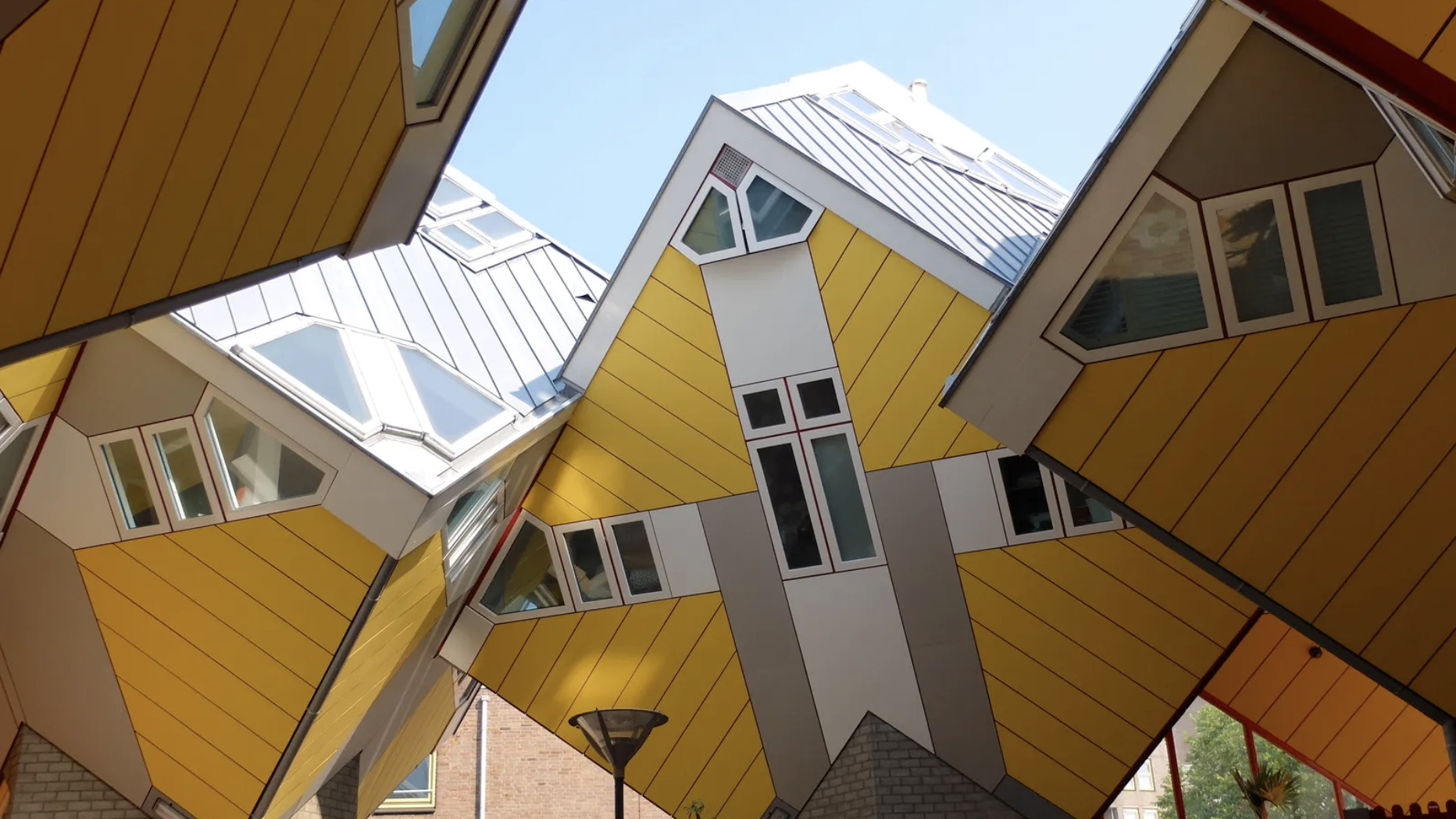 Modernist Travel Guide: a handy companion to explore modernism across the globe
Modernist Travel Guide: a handy companion to explore modernism across the globe‘Modernist Travel Guide’, a handy new pocket-sized book for travel lovers and modernist architecture fans, comes courtesy of Wallpaper* contributor Adam Štěch and his passion for modernism
-
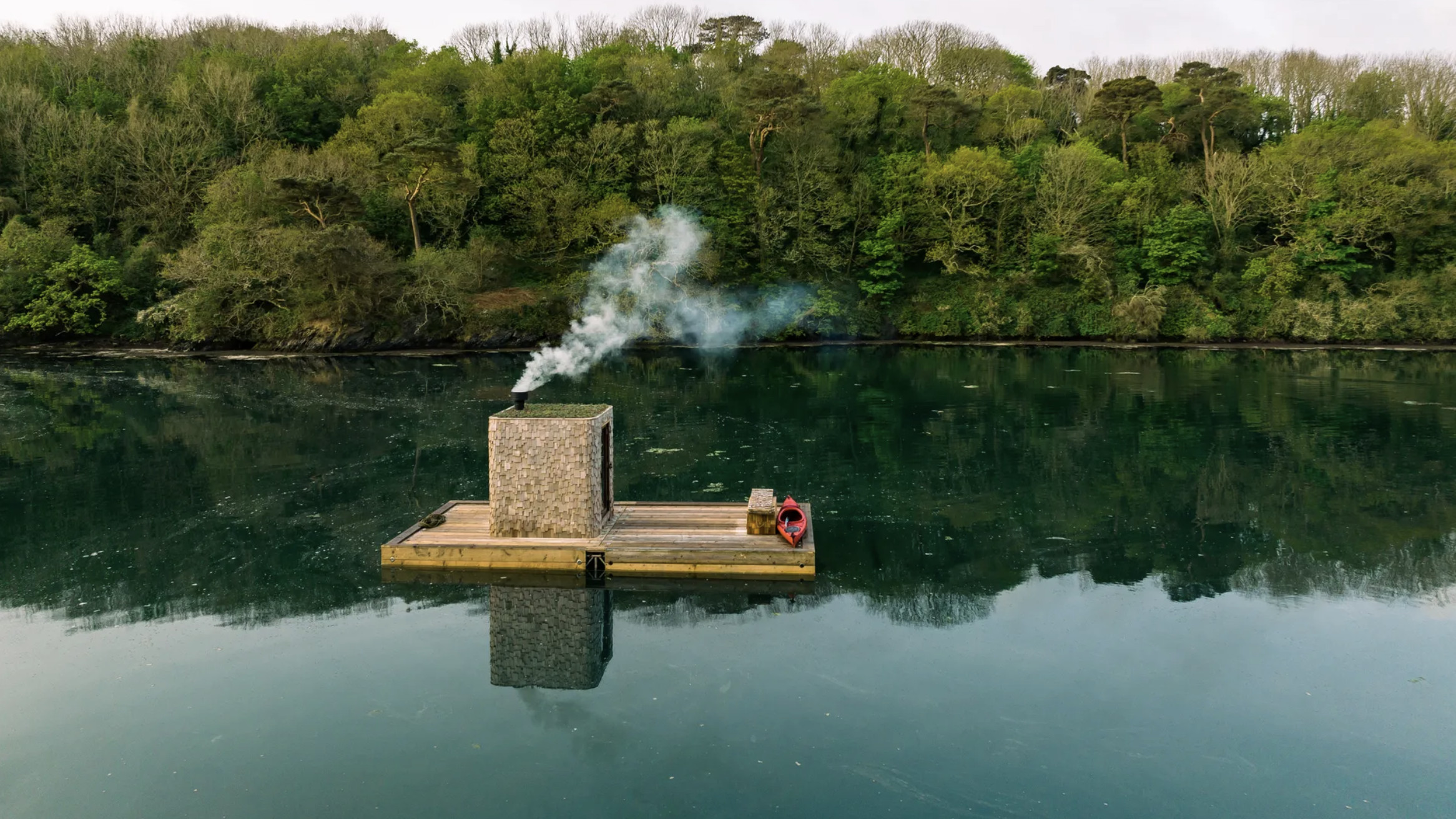 Wild sauna, anyone? The ultimate guide to exploring deep heat in the UK outdoors
Wild sauna, anyone? The ultimate guide to exploring deep heat in the UK outdoors‘Wild Sauna’, a new book exploring the finest outdoor establishments for the ultimate deep-heat experience in the UK, has hit the shelves; we find out more about the growing trend
-
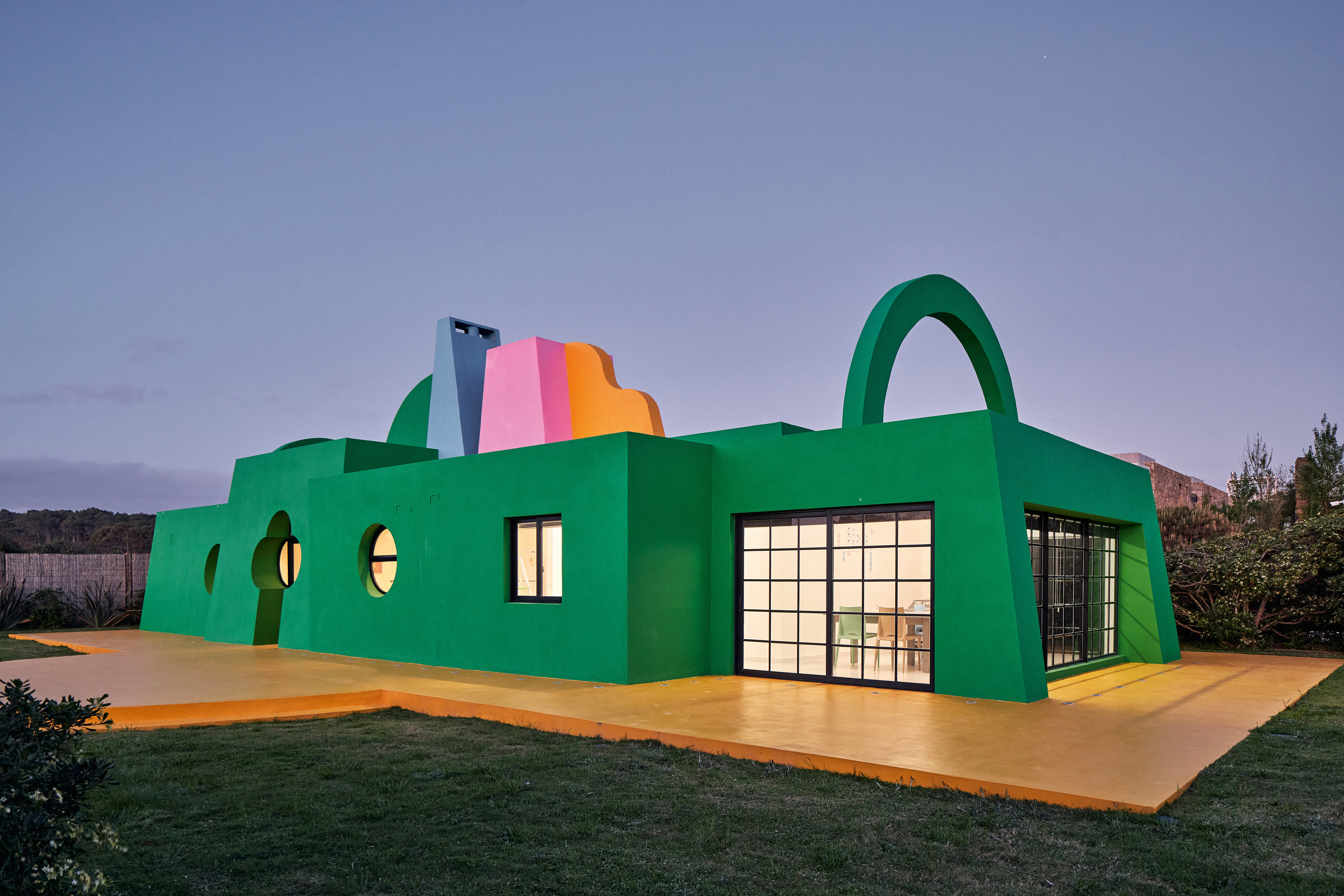 Ten contemporary homes that are pushing the boundaries of architecture
Ten contemporary homes that are pushing the boundaries of architectureA new book detailing 59 visually intriguing and technologically impressive contemporary houses shines a light on how architecture is evolving
-
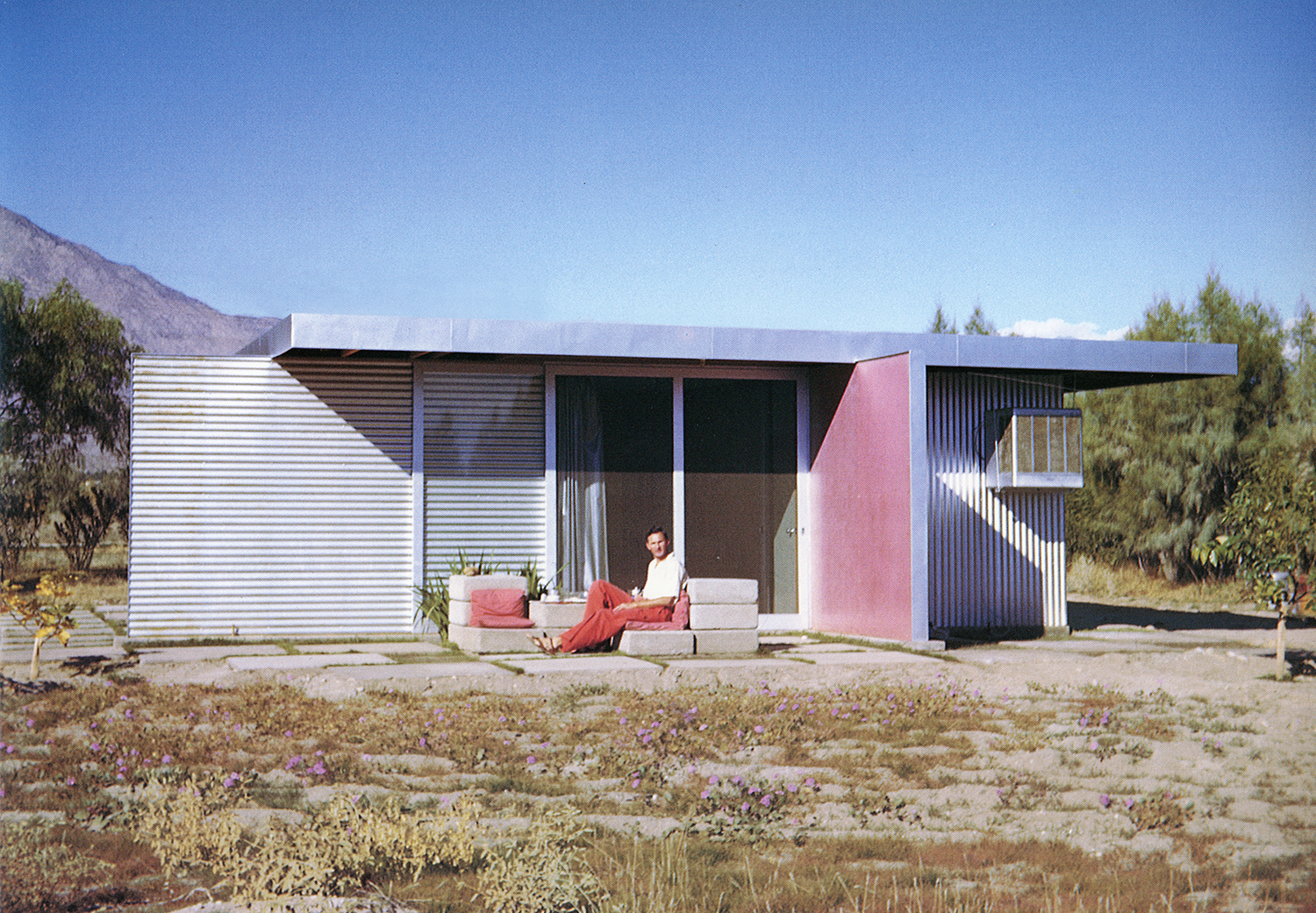 Take a deep dive into The Palm Springs School ahead of the region’s Modernism Week
Take a deep dive into The Palm Springs School ahead of the region’s Modernism WeekNew book ‘The Palm Springs School: Desert Modernism 1934-1975’ is the ultimate guide to exploring the midcentury gems of California, during Palm Springs Modernism Week 2025 and beyond
-
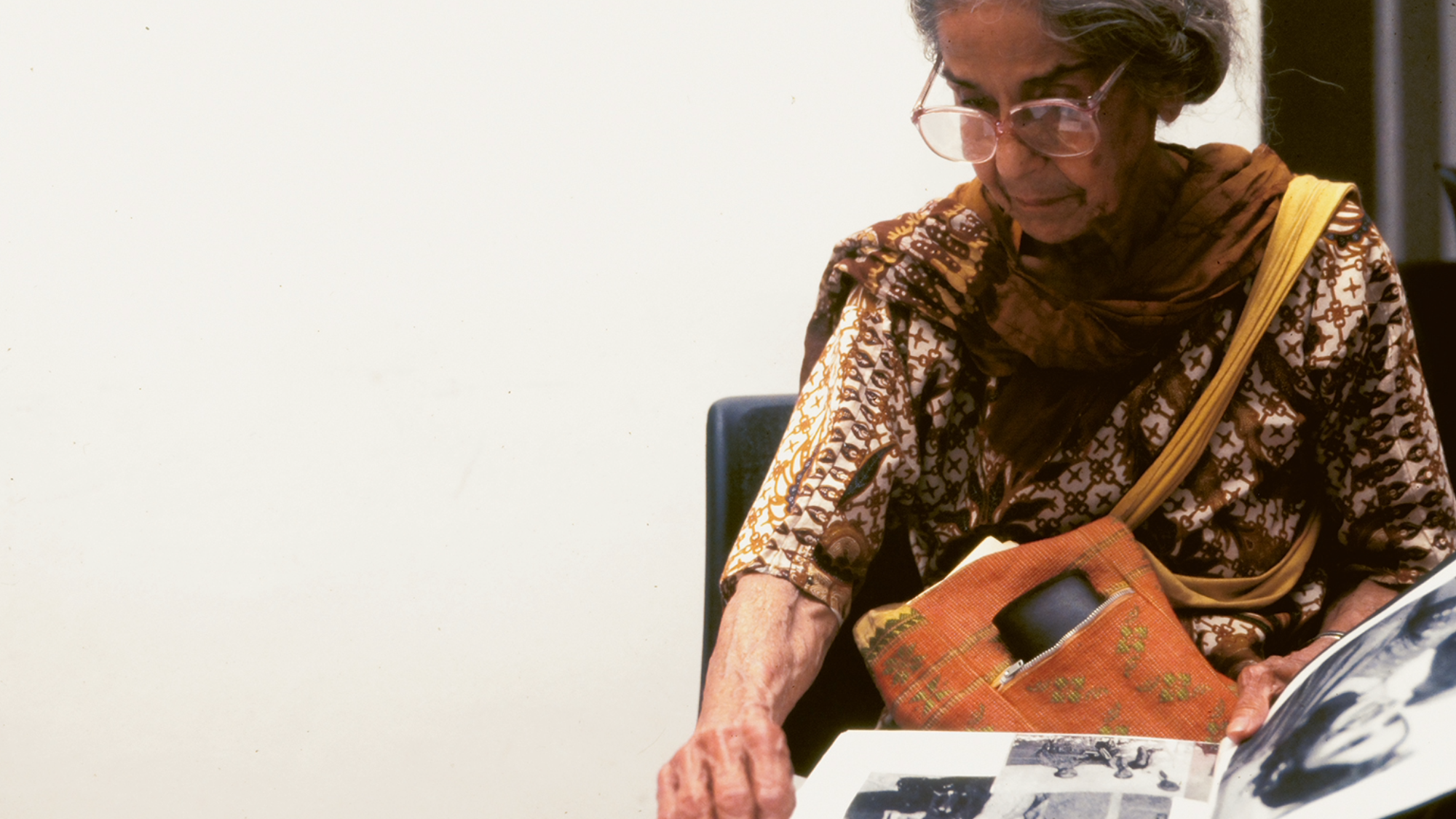 Meet Minnette de Silva, the trailblazing Sri Lankan modernist architect
Meet Minnette de Silva, the trailblazing Sri Lankan modernist architectSri Lankan architect Minnette de Silva is celebrated in a new book by author Anooradha Iyer Siddiq, who looks into the modernist's work at the intersection of ecology, heritage and craftsmanship